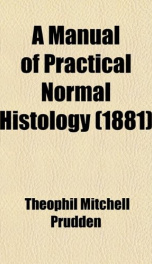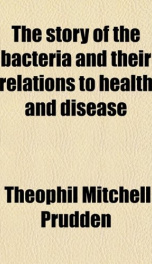a manual of practical normal histology

Purchase of this book includes free trial access to www.million-books.com where you can read more than a million books for free. This is an OCR edition with typos. Excerpt from book: CHAPTER II. CONNECTIVE TISSUE. Our knowledge of the animal tissues is not yet extensive and exact enough to enable us to make a satisfactory classification of them, but for convenience of study we may regard the body as composed of simple tissues and of organs As examples of the first we have connective tissue, muscular tissue, nerve-tissue, etc.; of the second, the liver, the lungs, the skin, mucous membranes, etc. Among the simple tissues there is a large and important group, called connective tissues, the members of which, though presenting many marked differences, yet seem so closely allied, both in structure and life history, as to justify their grouping under the above common name. The members of this group of tissues may be tabulated as follows: I. Fibrillar connective tissue. In addition to these varieties, we find in certain parts of the body membranous layers or sheathssometimes structureless, sometimes having well-marked structural featureswhich differ in many respects from the above-mentioned varieties of connective tissue, but which cannot be separately described here. They will be briefly considered as we meet with them in our systematic study of the parts of the body in which they occur. 2. Embryonal and mucous tissue. 3. Fat tissue. 4. Reticular connective tissue. 5. Cartilage. 6. Bone and teeth. Aside from rriany striking points of similarity in their structure, which we can better appreciate after having made a practical study of the group, three considerations may be briefly noticed here as of weight in determining this classification. At an early period of embryonic life, when the animal is composed almost exclusively of cells, it is found that one of the first definite arrangements or groupings of these cells consists in th...
Users who have this book
Users who want this book
What readers are saying
What do you think? Write your own comment on this book!
write a commentif you like a manual of practical normal histology try:
Do you want to read a book that interests you? It’s EASY!
Create an account and send a request for reading to other users on the Webpage of the book!



